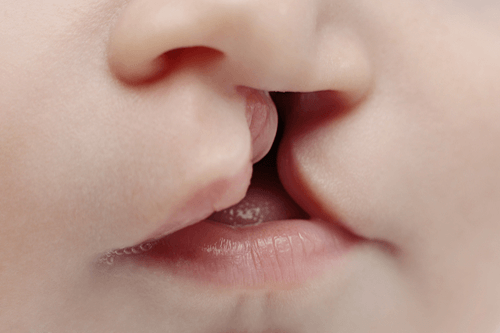
Orofacial cleft is an opening that a child is born with. The opening occurs mainly on the upper lip (cleft lip) and the roof of the mouth (palate).
This opening results from distortions in the development of the baby in the first three months.
Cleft lip and palate are common birth defects, usually occurring in isolation.
A consultant orofacial surgeon, Dr Seidu Bello, explains that orofacial cleft is typically diagnosed within the first three months of pregnancy, and the exact cause is unknown.
However, predisposing factors can be genetic or environmental.
According to Dr Bello, environmental factors, particularly X-ray exposure, may be linked to orofacial cleft, although they are not considered the definitive cause. Pregnant women who require X-rays should be protected because radiation can cause developmental distortions in the fetus.
Dr Bello, who is also the executive director of the Cleft and Facial Deformity Foundation in Abuja, states that other factors such as drug use, especially anticonvulsant drugs taken by epileptic mothers, can potentially contribute to cleft formation.
In most cases, clefts are isolated incidents without any specific identifiable cause. However, a study conducted by Dr Bello’s organization reviewed 683 cleft cases, revealing that 6.5% had some degree of familial relation, suggesting a genetic component, while the remaining 93% were isolated cases with unknown causes.
Prevention
Regarding prevention, Dr Bello emphasizes that it is difficult to prevent something when the cause is unknown. The only specific prevention measure he recommends is protecting pregnant women during X-ray procedures.
The consultant advises against drug use during pregnancy and urges pregnant women to seek antenatal care for guidance on safe medications.
Treatment
The main treatment for orofacial cleft is surgery to close the opening. However, comprehensive care is essential for managing cleft patients effectively.
According to Dr Bello, orofacial cleft is simply a birth defect, similar to other defects like a hole in the heart. Nigeria has adequate care facilities for treating cleft patients.
Dr Bello expresses concern about the existence of myths surrounding cleft in many communities and urges parents to seek treatment for their children rather than attributing the condition to witchcraft or using ineffective remedies.
